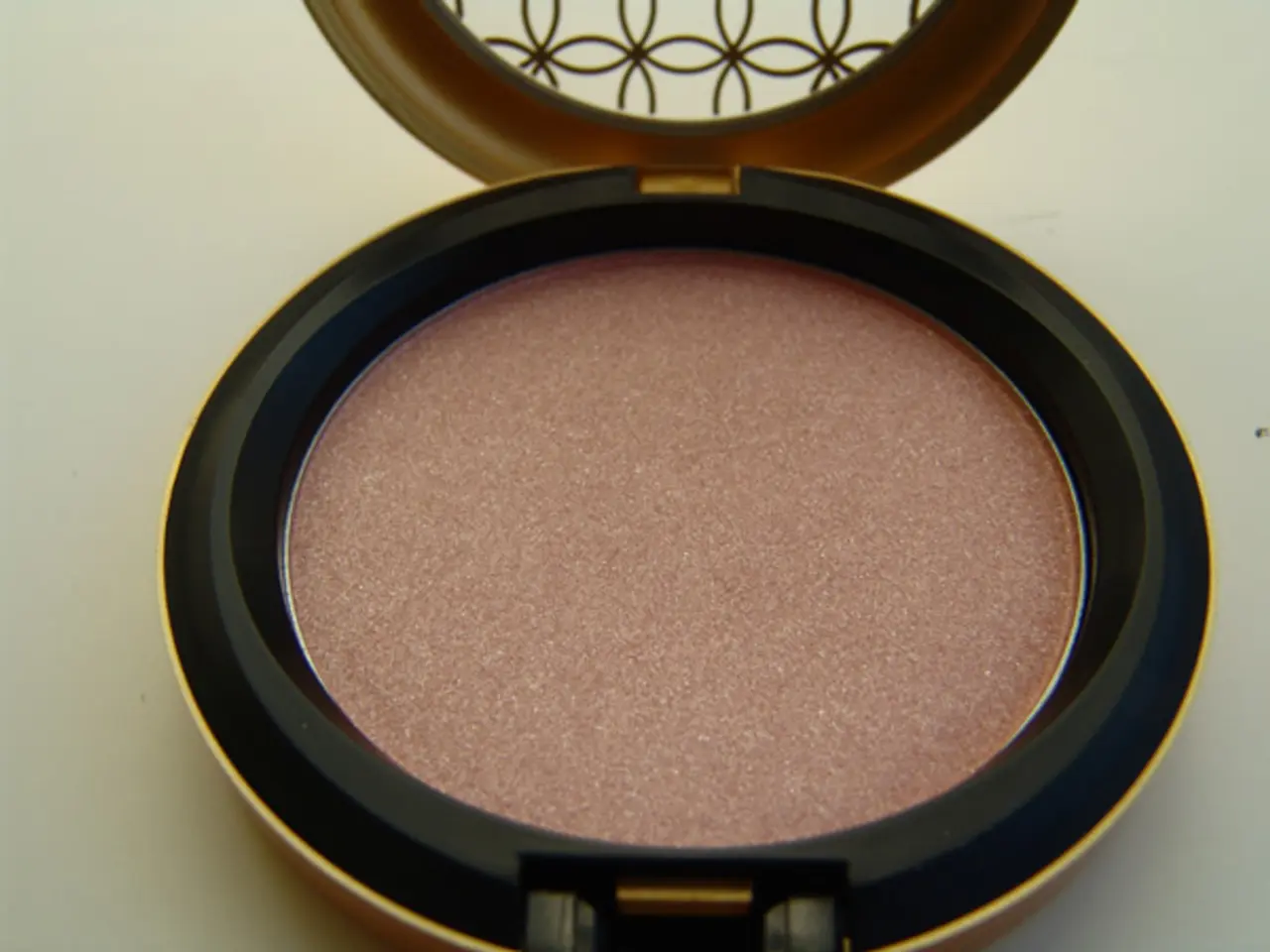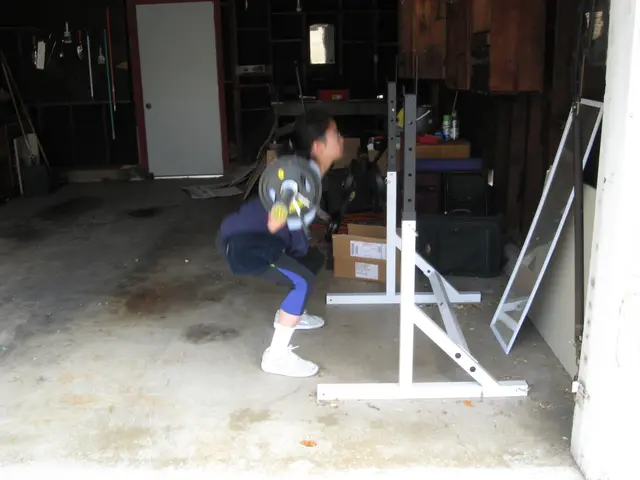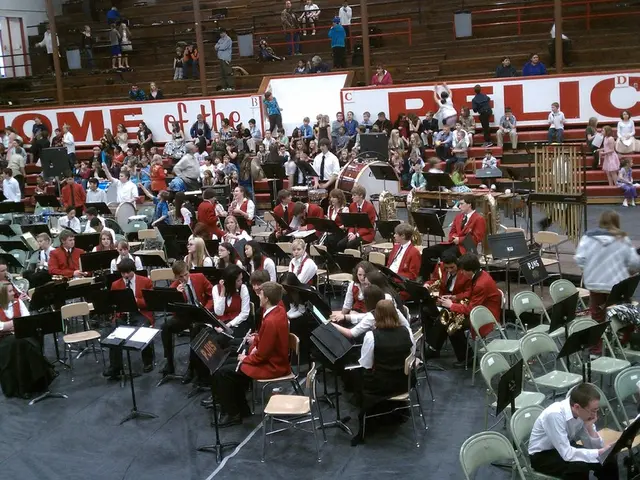Researchers Achieve Major Breakthrough in Light Manipulation at Nanoscale
A groundbreaking study has expanded our understanding of light manipulation at the nanoscale. Led by a team of international researchers, the work provides a pathway for designing metasurfaces with tailored optical properties and enhanced near-field control.
The research team, comprising Izzatjon Allayarov, Vittorio Aita, Diane J. Roth, Boaz van Casteren, Anton Yu. Bykov, and Andrey B. Evlyukhin, demonstrated strong coupling between different types of collective optical resonances in dielectric metasurfaces. This coupling involved symmetry-protected quasi-bound states in the continuum (quasi-BICs) and surface lattice resonances (SLRs), leading to phenomena like Rabi splitting and accidental bound states.
The team achieved an energy splitting of approximately 130 meV, a significant advancement in the field. Analysis of electric field distributions revealed the formation of a hybridized mode with amplified near-field intensity under transverse magnetic (TM) polarization. Remarkably, the team established that the coupling and hybridization of resonances can be actively controlled by manipulating the angle of incidence, polarization of light, and the surrounding environment. Experiments with polycrystalline silicon nanodisks confirmed these findings by showing suppressed reflection due to anticrossing of SLR and quasi-sBIC features.
The study, titled 'Strong coupling of collective optical resonances in dielectric metasurfaces', paves the way for future research in sensing, nonlinear optics, and photon generation. The team's ability to control resonance coupling and hybridization opens up new possibilities for designing advanced metasurfaces with tailored optical properties.





